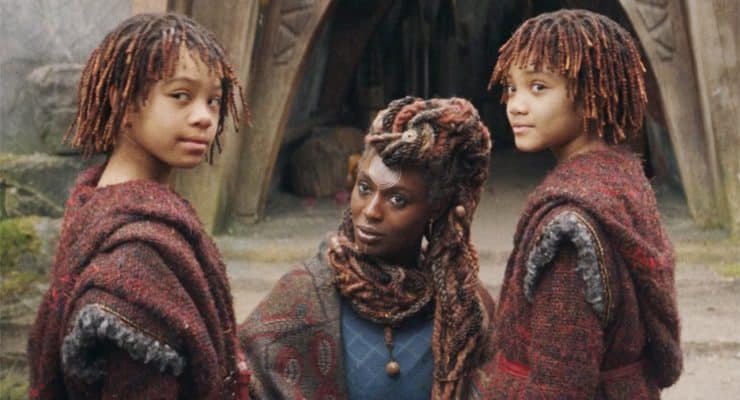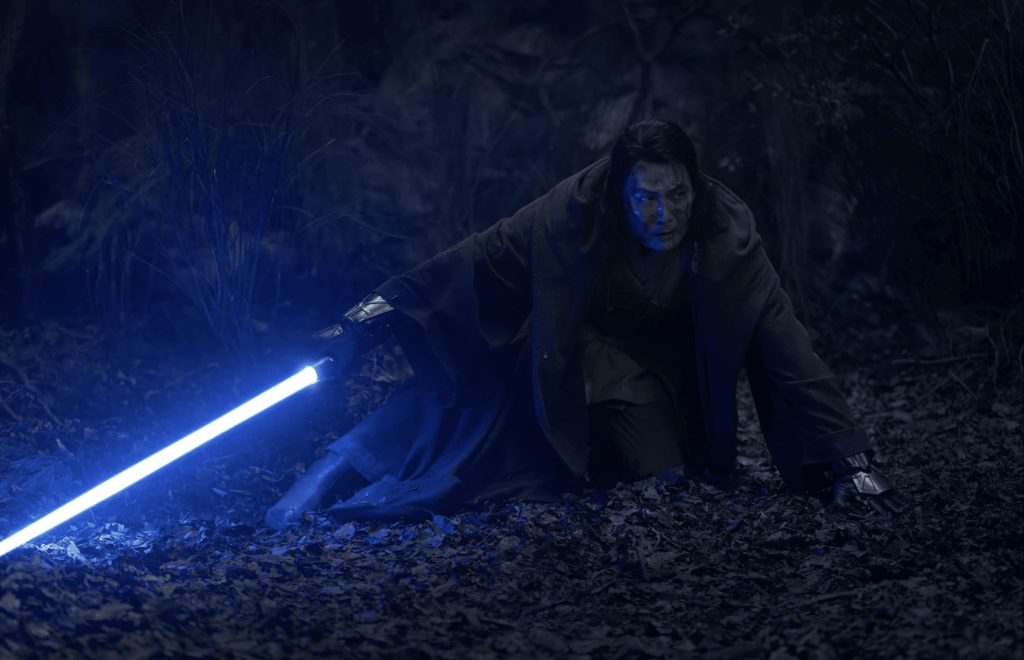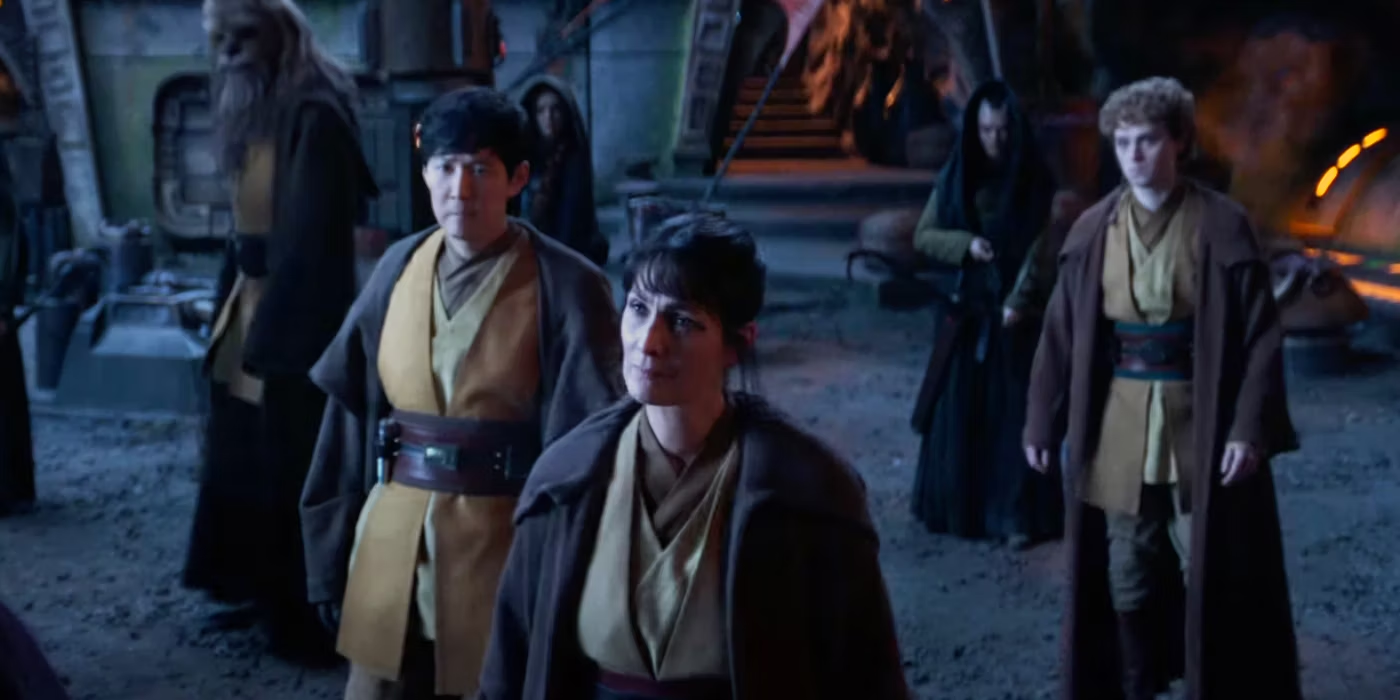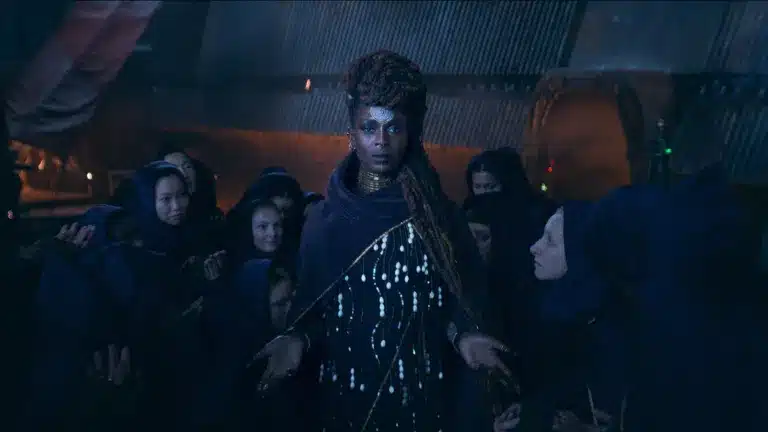Fellow Star Wars enthusiast, hear me out! If you’re anything like me, you’ve probably been captivated by the latest episode of The Acolyte, titled “Destiny.” This episode delves into the mysterious backstory of the twin protagonists Osha and Mae, who were raised in a coven of witches on the planet Brendok. The unique take on the Force, dubbed “the Thread,” and the intriguing twist of the twins’ immaculate conception have sparked a lot of speculation. Could Darth Plagueis the Wise, the Sith Lord with the power to manipulate life and death, be connected to this story? Let’s dive in and explore this fascinating possibility together.
The Legacy of Darth Plagueis
First, let’s talk about Darth Plagueis. If you remember from “Star Wars: Episode III – Revenge of the Sith,” Emperor Palpatine (a.k.a. Darth Sidious) tells Anakin Skywalker about a Sith Lord who had such mastery over the dark side that he could prevent death and create life. Plagueis’ quest for immortality and his experiments with the Force are legendary, making him one of the most enigmatic figures in the Star Wars universe.
But here’s the kicker: Plagueis wasn’t just a powerful Sith; he was obsessed with the very essence of life itself. He believed that the Force could be bent to his will, to create life and defy death. This obsession ultimately led to his downfall, but the ripples of his dark experiments were felt throughout the galaxy.
Thematic Parallels in The Acolyte

Now, let’s shift our focus back to The Acolyte. In Episode 3, “Destiny,” we learn about the coven of witches on Brendok who view the Force as “the Thread.” This interpretation of the Force is a fresh take in the Star Wars lore, suggesting that the Force can be woven and manipulated like a fabric rather than being a rigid, controllable power. The coven’s rituals and beliefs are steeped in mystery, and their use of the Force hints at a deep, possibly dark knowledge.
One of the most intriguing aspects of this episode is the revelation that Osha and Mae were born through immaculate conception. Mother Aniseya claims credit for this miraculous event, which immediately draws parallels to Anakin Skywalker’s origin story. Remember how Anakin was said to be created by the will of the Force? Here, the twins’ birth is attributed to some form of experiment. This raises a tantalizing question: Could these experiments be connected to the teachings or legacy of Darth Plagueis?
The Role of Mother Aniseya
Mother Aniseya is a fascinating character. She claims responsibility for the twins’ creation, suggesting a profound understanding and manipulation of the Force. Her declaration that “some would consider our power dark. Unnatural,” echoes Palpatine’s description of the dark side’s capabilities. This similarity isn’t just a coincidence; it hints at a deeper, more sinister connection.
Aniseya’s experiments and her bold claim about creating life using the Force could be directly inspired by Plagueis’ teachings. If she somehow came across Plagueis’ ancient texts or remnants of his knowledge, it would explain her ability to perform such a powerful and unnatural feat. This connection not only adds depth to her character but also intertwines her story with one of the most intriguing Sith Lords in Star Wars lore.
Jedi and the Dark Side Dichotomy

The episode also paints the Jedi in a rather ambiguous light. Traditionally, the Jedi are seen as the paragons of virtue, but here, their insistence on taking the twins away from their home has a decidedly sinister undertone. They believe they have the Force-given right to take the twins, even going so far as to hand Osha a lightsaber like it’s a toy. This portrayal complicates the classic good versus evil narrative, suggesting that the Jedi might not always be the heroes they claim to be.
This moral ambiguity is fertile ground for exploring Plagueis’ philosophy. Plagueis believed in transcending the binary of light and dark, seeing the Force as a tool to be mastered for one’s own ends. The Jedi’s actions in this episode, coupled with the witches’ dark side leanings, blur the lines between right and wrong, echoing Plagueis’ beliefs.
Narrative Potential
Bringing Darth Plagueis into The Acolyte would not only enrich the series‘ narrative but also bridge the prequel and original trilogies with the new content. Imagine discovering that Mother Aniseya’s experiments were inspired by ancient Sith teachings. This revelation could come through flashbacks, ancient texts, or even through a character who had been influenced by Plagueis.
Such a connection would deepen our understanding of the dark side’s lore and its various interpretations across different cultures within the Star Wars universe. It would also provide a rich backdrop for the twins’ story, adding layers of complexity and intrigue to their origins.

FAQs
1. Who is Darth Plagueis and why is he important? Darth Plagueis is a Sith Lord mentioned in “Star Wars: Episode III – Revenge of the Sith.” He is known for his ability to manipulate the Force to create life and prevent death, making him one of the most enigmatic figures in Star Wars lore.
2. What is the significance of the witches’ coven in The Acolyte? The witches’ coven on Brendok introduces a new interpretation of the Force, called “the Thread.” Their unique rituals and beliefs add a fresh perspective to the Force’s mythology, suggesting it can be woven and manipulated like fabric.
3. How do the twins Osha and Mae connect to Darth Plagueis? Osha and Mae’s immaculate conception through an experiment by Mother Aniseya draws parallels to Darth Plagueis’ abilities to create life using the Force. This connection suggests that Aniseya’s knowledge might be influenced by Plagueis’ teachings.
4. Why do the Jedi appear morally ambiguous in this episode? The Jedi’s insistence on taking the twins away from their home and their dismissive attitude towards the witches’ beliefs cast them in a sinister light. This portrayal challenges the traditional view of the Jedi as the ultimate good guys.
5. Could Darth Plagueis’ teachings be a central theme in The Acolyte? It’s possible. The thematic parallels and narrative potential suggest that Plagueis’ influence could be woven into the story, adding depth to the exploration of the dark side’s lore.
Conclusion
As we delve deeper into The Acolyte, the possibility of Darth Plagueis’ involvement becomes increasingly intriguing. The thematic parallels, the unique interpretation of the Force by the witches, and the morally ambiguous portrayal of the Jedi all suggest a rich tapestry of stories waiting to be explored. Whether as a direct participant or an influential figure from the past, the presence of Darth Plagueis in The Acolyte could significantly enhance the series‘ narrative, offering fans a deeper understanding of the dark side’s pervasive influence throughout the galaxy’s history.
So, what do you think? Could Darth Plagueis the Wise play a role in The Acolyte? Let’s keep watching and speculating together. May the Force be with you!










